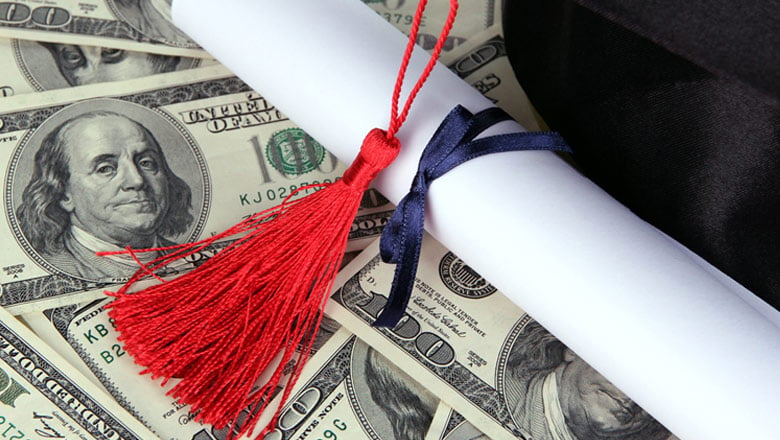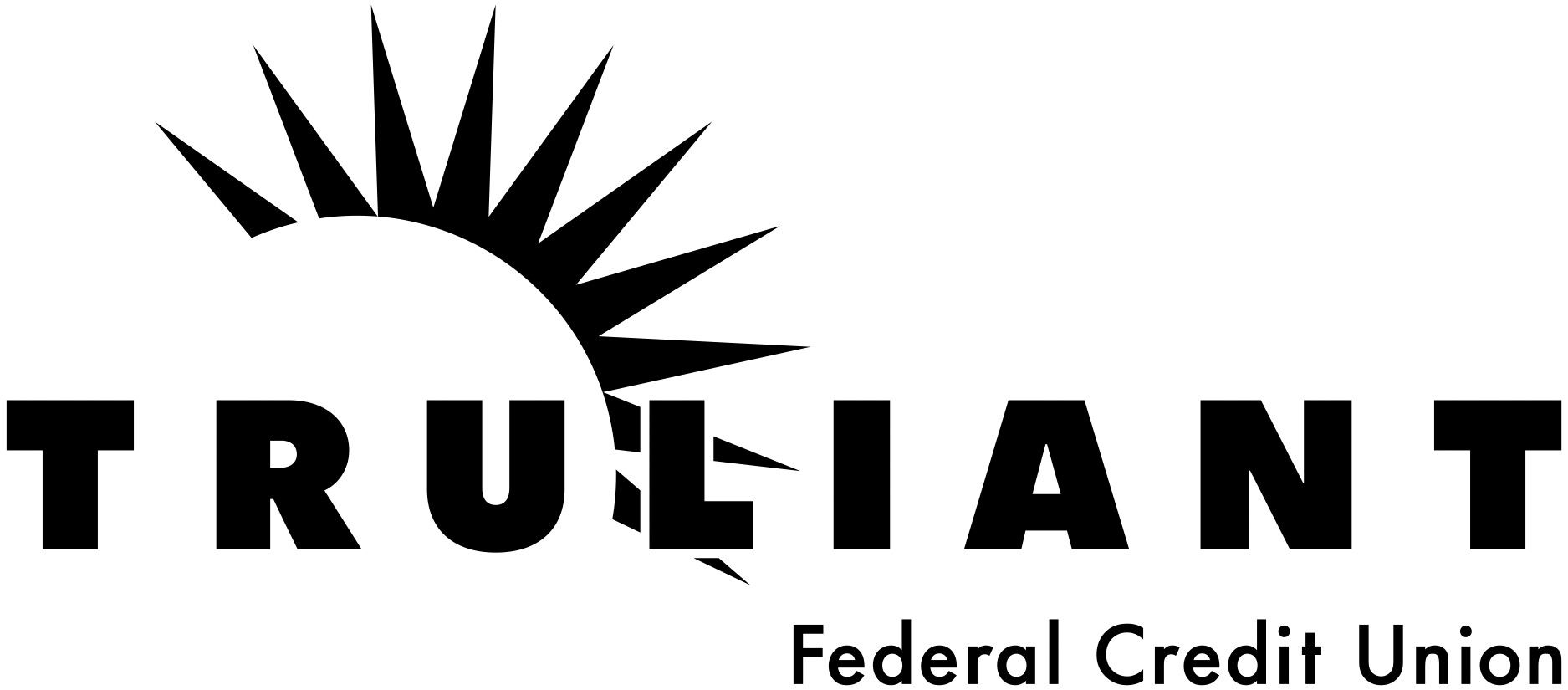Best Financial Practices for High School Graduates

For all the high school seniors who recently graduated – whether you are heading into the workforce or starting college – there are several common money-management techniques and strategies that you need to master quickly.
Track spending
It’s important to track all of your individual spending. To make a realistic and effective budget, you need to understand how and where and how you spend your money. The more exact your tracking is, the better your budget will be. It’s always a good idea to spend less than you make – whether you earn $25,000 or $250,000. In these first two or three months, take your total expected yearly assets/income that you will be spending and divide them by 12. This will give you a reasonably accurate target for the amount you can spend each month – making sure to take into account taxes if you have income from a job. Let’s say that your total spending amount for the year is $15,000. That’s $1,250 a month. To spend less than you make, chop 10% or 20% off that total and see if you can live on $1,125 or $1,000.
With a reasonable spending target for the next few months, you need to write down every penny that you spend for the next two or three months. Only then will you really know whether you are going to have a realistic budget.
Making and following a budget
Now that you know exactly how you spent your money in the last few months, you can make an accurate budget. The first thing you need to do is determine those costs that repeat each month: rent, electricity, phone, cable/internet, food, transportation, insurance, savings, etc. Write it down, pop it into a spreadsheet (possibly, life will require you to learn them one day, you might as well get started now), look at your expenses via our Truliant app, or download a money management app, so you can itemize each category and assign a realistic spending amount. Then you should look at other categories like entertainment, clothes, miscellaneous, etc.
Once you have all your budget categories and amounts defined, you can transfer your data as needed to whatever you'll be using automatically track your spending to make sure you adhere to your plan.
Managing your credit score
Anyone who has a credit card, mortgage or bank loan has a credit score. Potential lenders – banks, new credit cards, auto-loan companies – can access your credit score to help determine your creditworthiness.
Credit scores range from 300 to 850. But most scores fall between 600 and 750. Here’s how creditors define potential customers by their credit scores:
• 800-850: Exceptional
• 740-799: Very good
• 670-739: Good
• 580-669: Fair
• 300-579: Poor
In addition to helping determine whether a person will receive a new credit card or loan, the highest scores usually lead to the lowest interest rates. A high credit score can give you access to the lowest interest rates – literally saving you thousands of dollars over the life of a loan.
It’s in your best interest to understand how credit ratings work and then to understand how you can improve your score. Here are the factors that determine your credit score:
• Payment history (35%)
• Amounts owed (30%)
• Length of credit history (15%)
• New credit accounts (10%)
• Types of credit used (10%)
Use credit cards responsibly
Credit cards can be a wonderful financial tool if you pay your bill in full each month. But the average American owes $6,354 on their credit cards – and they are paying hefty rates of interest (averaging about 19%) on that amount.
Since you are just starting out, credit cards are something you want to master. There are two important steps to maintaining control of your credit accounts:
-
Set the maximum amount that you will spend each month. You need to incorporate something called “credit utilization.” If your credit card limit is $2,000 and you spend $1,000 each month in credit-card charges your credit utilization is 50% – unless you have other lines of credit, like more than one credit card. Using 50% of your credit capacity will decrease your credit score. Ideally, you should aim for 10% or less of your credit-card capacity each month. For example, if your limit is $2,000, keep your monthly charges at or below $200 each month. (Each year request that your credit-card company raise your credit limit, thereby increasing your credit-utilization target).
-
Make sure that you pay your credit card in full each month. One way to ensure that this happens is to set up your checking account so it automatically pays the amount in full each month. This isn’t necessarily easy or fun, but it’s the right thing to do financially. The only thing you have to make sure of is that you have enough money in your account to pay your bills.
Will money make you happier?
Without a doubt, money can ease financial worries. If you don’t have to worry about whether you can pay your bills each month you’re going to be happier. Simply, this can be achieved by spending less than you make and saving regularly. While money can make you happier, “after your basic needs are met, it doesn’t make you that much happier." While a shiny, new item will make us happier for a while, we adapt to them fairly quickly and the shine is gone. But spending money on experiences, like taking a class, travel, going to a special concert or spending quality time with friends and family leads to more lasting happiness.
According to Thomas Gilovich, a psychology professor at Cornell University, “Our experiences are a bigger part of ourselves than our material goods. You can really like your material stuff. You can even think that part of your identity is connected to those things, but nonetheless, they remain separate from you. In contrast, your experiences really are part of you. We are the sum total of our experiences.”
For more information
One of the best sources for financial planning at every point in life is the Humble Dollar. This website, updated daily, is a vast source of information.
Truliant can help
If you would like some help developing your first budget, Truliant can sit down with you at one of our branches and help you work through the process. Please call 800.822.0382 for more details, or set an appointment here.




